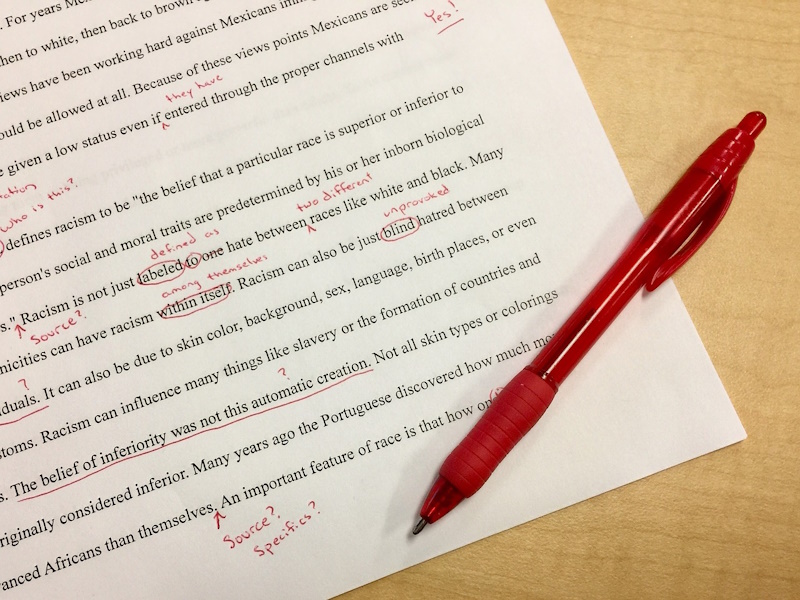Adventures in Editing Part 1: Manuscript Under Contract, Now What?
In this week’s blog post, we pick up right where we left off—publishing contract in hand, cover design complete.

So, you’ve signed with the publisher, logged into the author portal, and read through all the onboarding material available. When you come across the “The Life of Your Book” diagram, you enlarge it on your computer screen and use your finger to trace step-by-step the manuscript workflow from the initial submission of your Word file to the approval of the final galley used in production. Seems simple enough.
All you need to do is add a little front matter and back matter to the original submission and DONE. So, you draft a Dedication, an Acknowledgements page, and an About the Author blurb, and tack them onto the manuscript file.
With everything ready on this end, you gin up an email to your Senior Editor, attach your “now complete” manuscript—your baby, your precious baby—and press SEND.
The editor acknowledges receipt of the file and “The Edit Cycle” begins with...
THE WAIT!
It could be a month, two months, five months, or longer, depending on your editor’s revision queue. At least you’re in line. You take comfort in knowing your place in “The Workflow.” You’ve seen the diagram. Traced it with your finger. You know the steps between “File Receipt Acknowledged” and “Author Receives Release Date.”
Now’s the time for useful distractions. Things to take your mind off eternity. You start work on the next book in your series. Sketch out the key plot beats. Begin drafting scenes and workshopping with your writers’ critique group.
Then one day you receive an email from your Senior Editor with the Subject Line: First Round Edits. Besieged by gotta-look curiosity, you skip the part about reading her email first and download the attached file instead.
The fully complete manuscript you submitted was clean, wasn’t it? You ran it through Grammarly and Microsoft’s Editor a hundred times. The edits should be minimal (you hope), nearly non-existent, each page solid white with nothing more than sparkling black Times Roman text. Pristine.
Trembling as you open the email attachment, you try to wrangle the mouse cursor as it dances across the computer screen. Microsoft Word finally snaps up, displaying two pages, side-by-side. You press the pg dn key and cycle at light speed through the entire manuscript until the last page pops up.
The file is all marked up. A battlefield drenched in red.
The editor has used Microsoft Word’s Track Changes feature so you can see all her insertions in red and deletions (also in red, with strikethrough). In the right-hand margin are her comments.
So much red!

Reminds you of ENG 101 Freshman Composition and returned assignments from the university professor. Red ink everywhere.
And so many comments!
You bounce through the margin notes—the editor’s questions and suggestions—and rub your temples, close your eyes, and exit the file.
Your “precious baby” is not so perfect.
You’re in for a revision.
This is going to take some work.
How long do you have?
So, you go back to the editor’s email to see what the timeline looks like. She’s written, “I always give 30 days to have edits returned. Let me know if that’s doable for you. Also, if you have any questions, don’t be shy. Shoot me an email.”
Thirty days?
Doable?
My debut novel took me forty years to write, polish, rewrite, revise, and revise again!
You open your editor’s “first round edits” file again and peruse. Much slower this time. Sure enough, there’re red sprinkles aplenty. A healthy dose of red, yes. But not a do-over. Not a worst-case page-one rewrite. Not even a chop job like you had to do when you received notes from your development editor on the first draft of All That Glisters:
“Consider removing Dr. Prepper from the narrative. This serves two purposes. First, it will cut your word count considerably. You need to lose 20,000 words to be marketable.
Second, the plot is very twisty. The scenes with Dr. Prepper (particularly in the cave) are over-the-top, in a Bond-villain way. Streamlining by eliminating him will help get your book into the target range of 70,000-90,000 words for popular fiction in your genre category—mysteries.”
Proved to be good advice. But it took months...months to extricate the Dr. Prepper narrative strand and re-assign his story role to other players in the novel. You don’t have months. You only have 720 hours—Three Zero days total—and that’s if you don’t sleep.
So, you take a third look at the file. And once again review the body of the email from your Senior Editor, focusing on her overview of what’s needed and the revision process.
She’s written: “Remember, I have Track Changes on so I can see whatever you modify on your end. Right-click and approve whatever you like from my edits, rewrite sentences, or leave me a comment where you don’t so we can discuss it.”
Whatever you like from my edits?
Rewrite sentences?
Leave me a comment?
Okay. When she breaks it down like that, it seems doable. You know how to right-click. Sentence rewrites are not paragraph rewrites or scene rewrites or chapter rewrites. And comments, you’re good with comments. You can clarify why you did what you did. Justify the setup or the payoff underlying the character’s actions and reactions. You’re starting to see the possible in what you initially thought was woefully impossible.
You write back: “Received the edits. Getting them back to you by March 31st is doable, so plan on it.”
First Round Edits turned out to be a real learning experience. What were the takeaways?
Stay tuned for Adventures in Editing—Part 2.
Join Me
Thanks for reading my blog. You can get more ideas for navigating today’s fast-paced publishing world in my popular email newsletter. Each week, I share insights into the writing craft, tips for further exploration, and the latest news on Hanlon & de la Guerra mystery series. Click the link below now and join us.
Try the free newsletter

